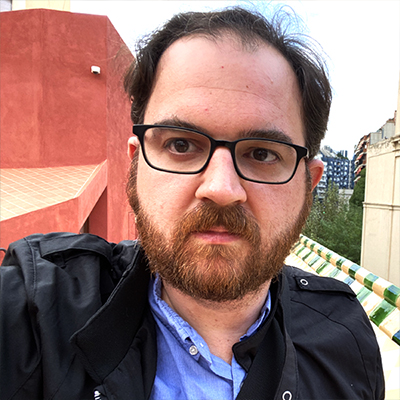
New Material World
This includes the Occasional Paper Series, the latest of which is on Properties & Social Imagination, edited by Adam Drazin, Haidy Geismar and Camilla Sundwall and designed by Camilla Sundwall and Miffy Yang. Here’s the abstract:
This book is the culmination of a research project called Properties and Social Imagination that started in September 2012 in the Material Culture section of UCL’s Department of Anthropology. The project has drawn together Masters and PhD students, staff, and a team of scholars and artists based in the College for Creative Arts at Massey University. Our primary focus is UCL’s ethnographic collections and we have explored the dynamic ways in which the formal qualities of stone, wood and cloth create new cultural sensibilities and new collaborative research practices. Our projects instantiates the dynamism of collections-based research and presents a number of visual projects inspired by these processes, demonstrating that collections are not static but continually in motion.
Housed within the Anthropology department, the ethnographic collection is used as a teaching collection, but our understandings of what can be learnt from it have changed radically over the past few decades. The collection, comprising over 3000 artifacts, contains objects from every continent of the world, made out of every kind of material, and referencing many different cultural groups and practices. Originally part of the Henry Wellcome non-Medical collection, the collection was gifted to UCL in the early 1950s and has been periodically added to over the years through fieldwork of departmental staff. The collection was separated from its original catalogue and supporting documentation and arrived in UCL as essentially a series of orphaned objects. This was of less concern to anthropologists at that time, who were able to draw the collection extensively into their teaching, allowing students to handle objects as three-dimensional illustrations of the cultural groups, ethnographic data, and theories they were being taught at the time. For many decades the collection was used to exemplify ritual and artistic traditions, regional variation and specificity, and as a tool in the comparative analysis of cultural production. With the emergence in the 1990s of Material Culture Studies as a subfield within the department, the collection was increasingly recognized as a storehouse of materials – different forms with properties that themselves contributed to the cultural environments that had produced them.
We wanted to respect the unique qualities of each object in the collection, rather than subsuming their materiality to understand them as “typical” or “illustrations” of culture located elsewhere. We wanted to explore what we could learn from the objects themselves, starting first and foremost with their material properties. We chose three objects – a piece of unadorned barkcloth from Sulawesi, a greenstone adze from Papua New Guinea, and a carved wooden Aboriginal spear- thrower from Australia and breaking into small groups started to explore the objects, from their surfaces, both outwards and inwards.
Our starting questions were:
- What kinds of cultural information, context and knowledge may be found in the form of the object itself?
- What kinds of research methods can be developed from a focus on the material or physical properties of objects?
- What methods can we, as anthropologists, contribute to others (material scientists, artists, and so on) working with materials?
Working in groups we pulled apart our understanding of what the objects were, using the sensory experience of the objects and their physical forms as the starting point to engage with the cultural uses and practices that these objects inhabit. Alongside these investigations, our project partners in New Zealand worked remotely with these, and other, objects from the ethnographic collections, making them the centerpiece of artistic explorations of form, physical encounter, and indeed loss.


